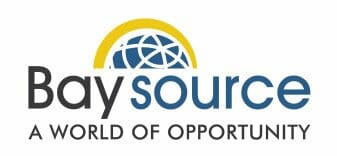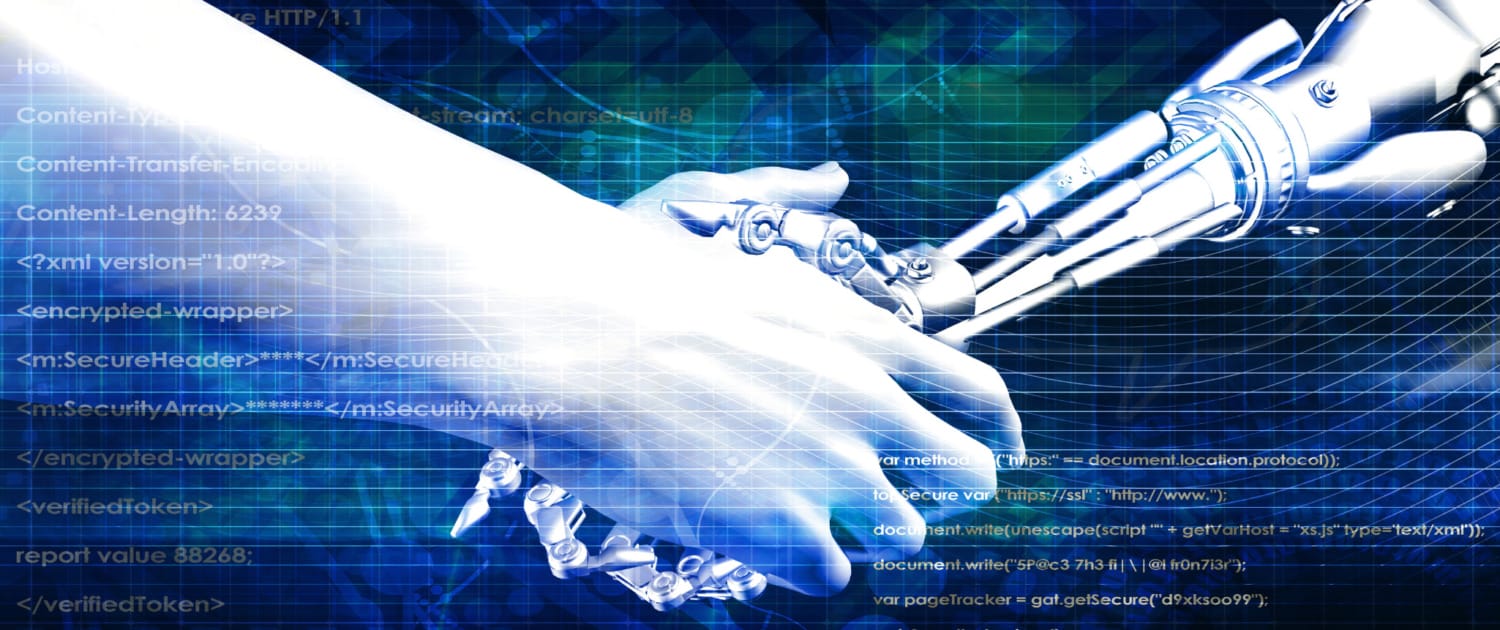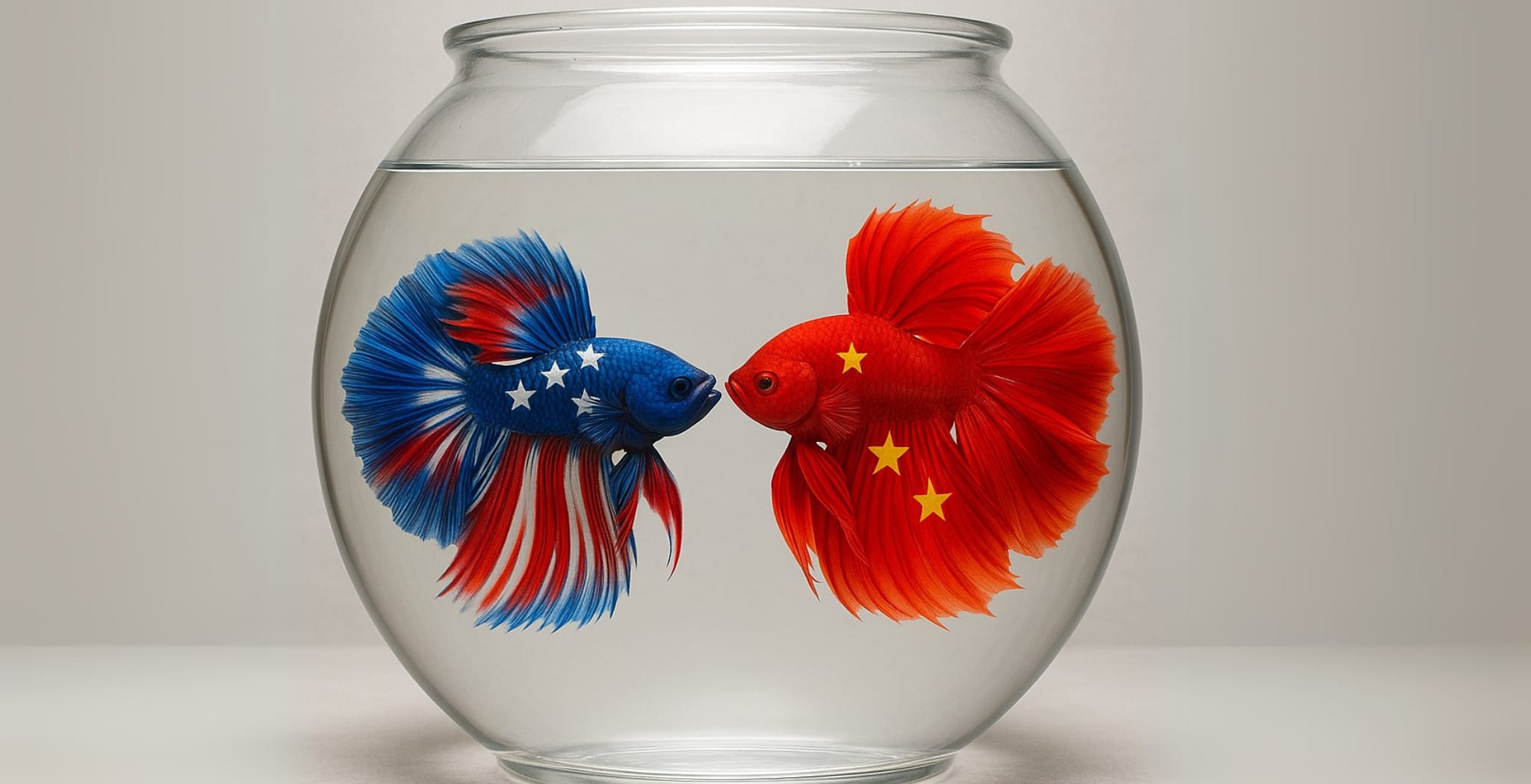The integration of artificial intelligence (AI) into offshore manufacturing and supply chains is revolutionizing production efficiency, quality control, and workforce dynamics. Rather than replacing human expertise, AI works alongside it, enhancing decision-making, automating repetitive tasks, and driving innovation. This synergy enables manufacturers to prioritize agility, cost savings, and sustainability in a rapidly evolving global market.
Artificial Intelligence and Quality Control
AI-driven quality control systems are transforming offshore manufacturing by reducing defects and improving product consistency. Advanced technologies like machine vision and predictive analytics identify flaws with remarkable precision, ensuring near-zero defects in production lines. For example, AI-powered systems can detect microscopic imperfections during assembly, minimizing waste and reducing rework costs. However, human oversight remains essential for interpreting outputs, refining algorithms, and solving unique production challenges. This partnership ensures that the benefits of automation are complemented by human expertise, resulting in higher-quality outcomes that meet industry standards.
AI-Driven Agility in Supply Chains
AI in supply chain management is providing offshore manufacturers with real-time insights, predictive capabilities, and logistics optimization. These tools help track shipments, forecast demand fluctuations, and adjust inventory levels dynamically to avoid disruptions. For instance, during port congestion, AI-powered systems can recommend alternative routing or inventory strategies to maintain delivery schedules. While AI excels at analyzing data and identifying patterns, human logistics managers play a critical role in evaluating these recommendations and adapting strategies based on nuanced factors, such as supplier relationships or changing market conditions. By combining AI’s predictive power with human adaptability, supply chains become more resilient and responsive to global challenges.
Empowering the Offshore Workforce with AI
AI is not only automating repetitive tasks but also empowering workers in offshore production facilities to focus on higher-value activities like problem-solving and product innovation. Many offshore manufacturers are investing in upskilling programs to help workers collaborate effectively with AI systems, enabling them to leverage the technology for creative and technical challenges. This shift not only boosts productivity but also makes manufacturing roles more attractive to digitally skilled talent. Workers are finding greater satisfaction in roles that move beyond routine tasks to focus on innovation and strategy, making the workforce more sustainable and future-ready.
Challenges of Implementing AI in Offshore Manufacturing
Despite its advantages, the integration of AI in offshore production comes with challenges. Training AI systems requires vast datasets, and inaccuracies in data can lead to biased or flawed results, potentially impacting production quality. Additionally, managing data security and ensuring compliance with global regulations is a growing concern, particularly for offshore manufacturers working with international clients. Human expertise is critical for addressing these issues, ensuring AI-powered systems are deployed ethically and effectively while minimizing potential risks to operations and reputation.
Conclusion
The collaboration between artificial intelligence and human expertise is reshaping offshore manufacturing and supply chain management. By leveraging AI to improve efficiency, enhance quality, and foster innovation, manufacturers can build more resilient and adaptive production networks. Businesses that embrace this partnership will not only thrive in an increasingly competitive global market but also set the standard for sustainable, future-ready manufacturing practices.
Read More: https://www.freightwaves.com/news/supply-chains-need-to-balance-ai-human-talent
Contact Us







Follow Us